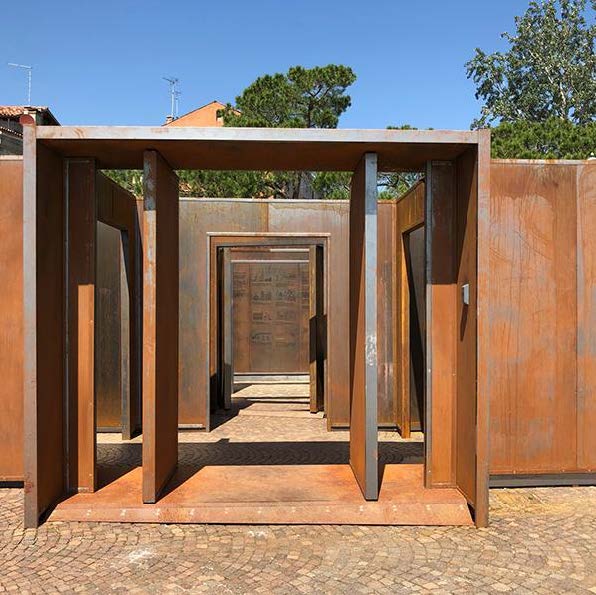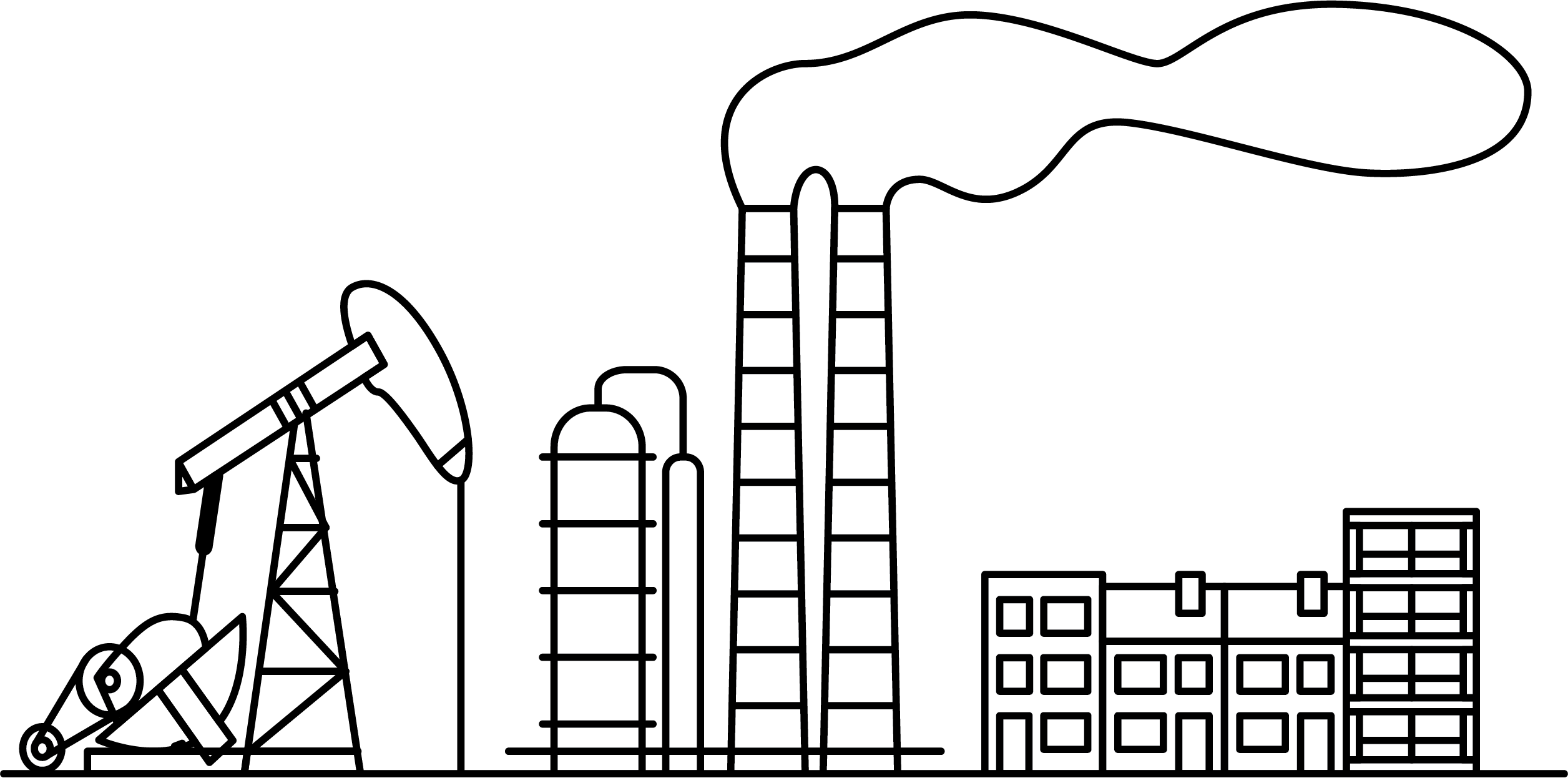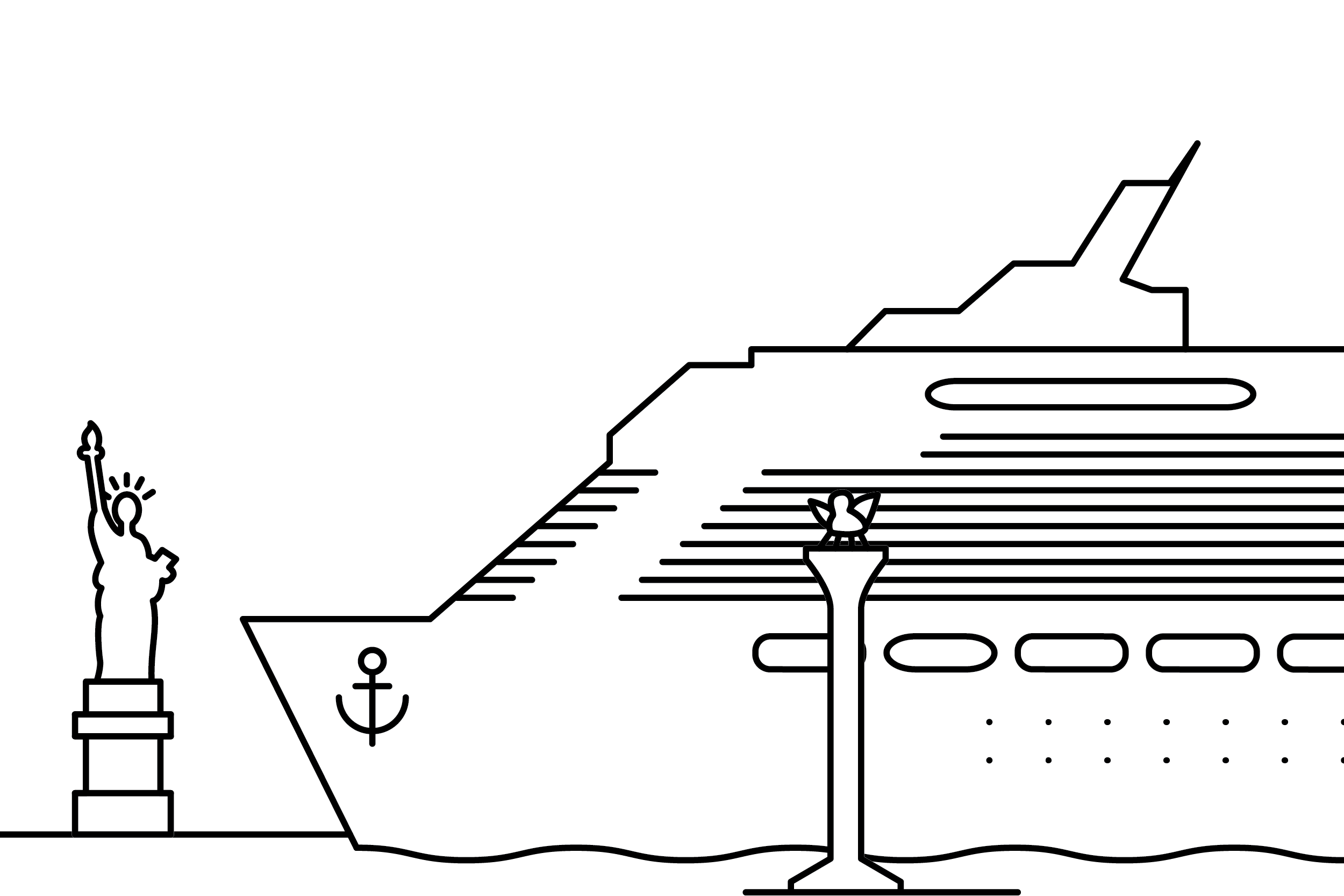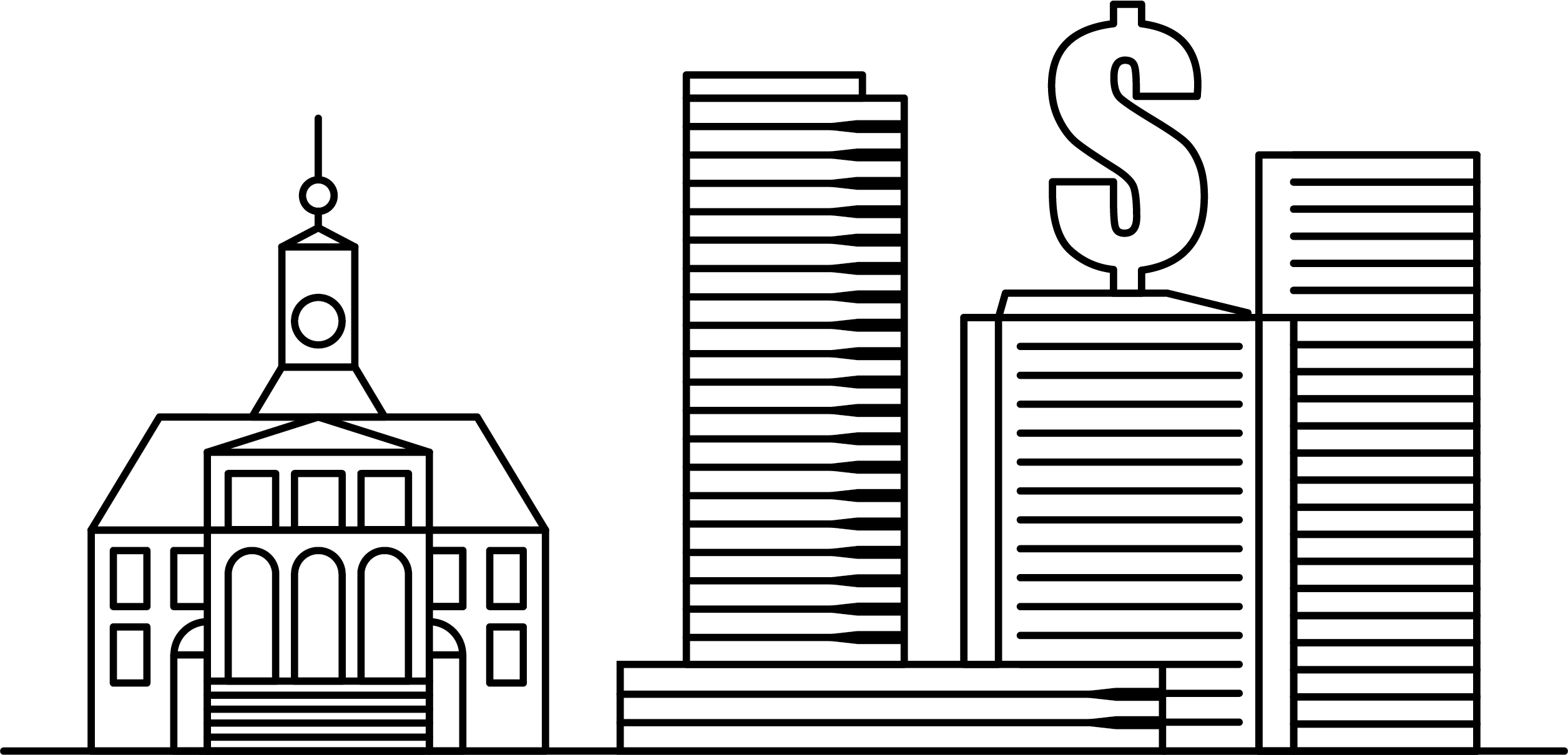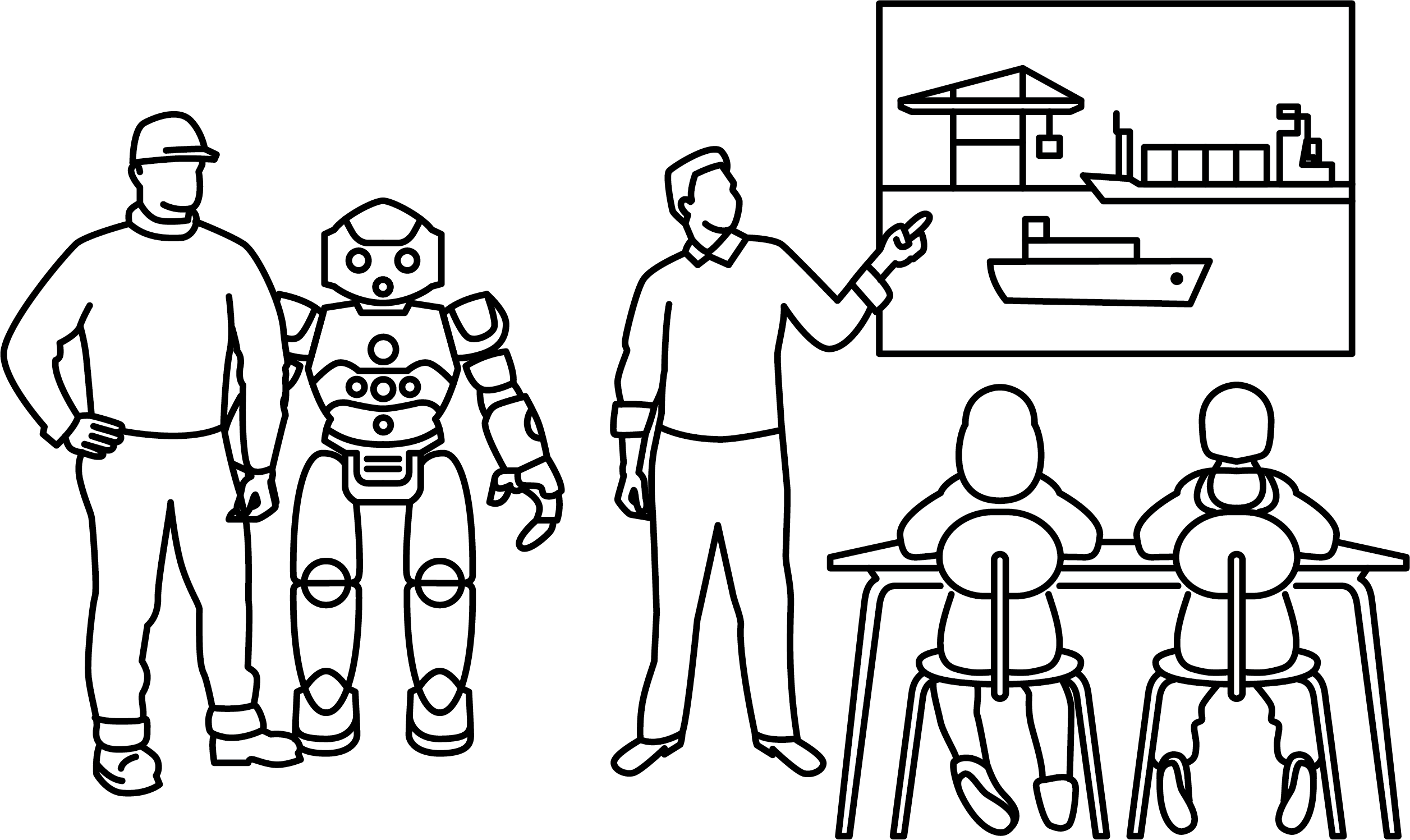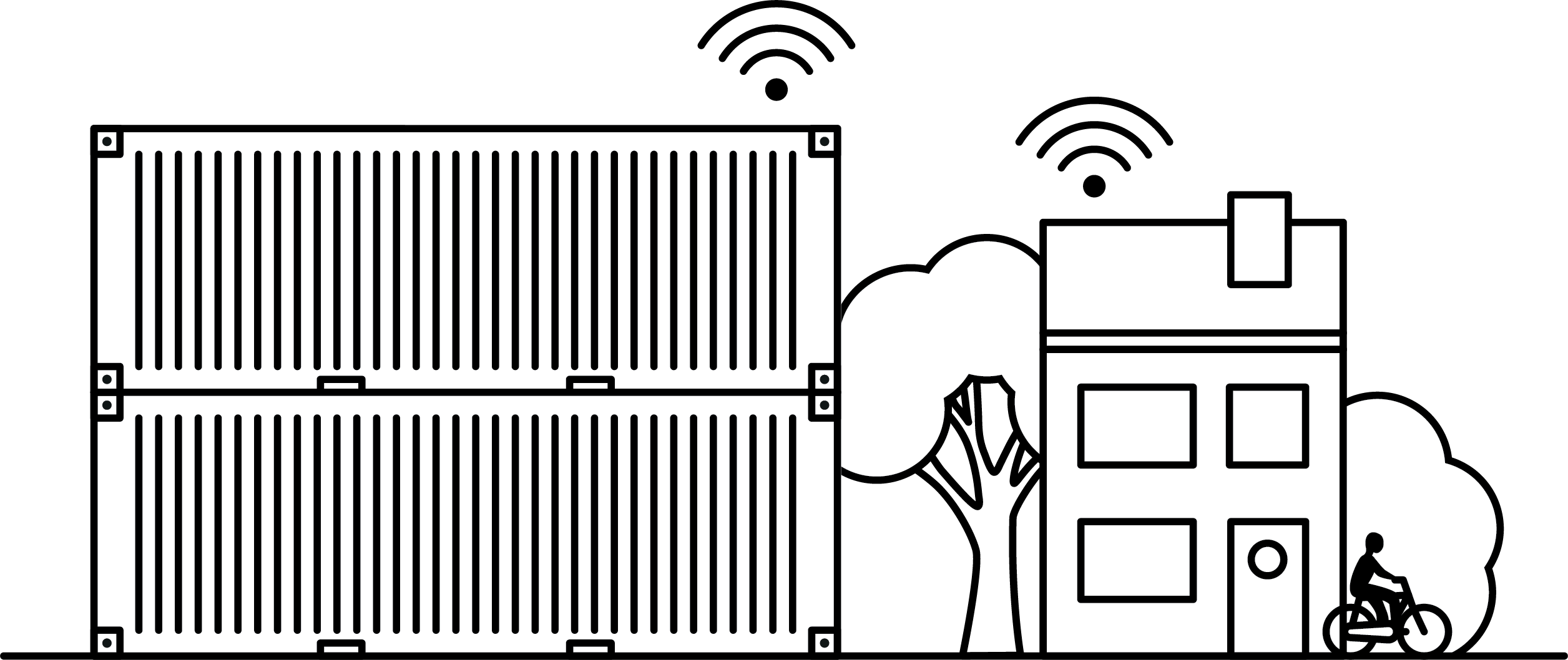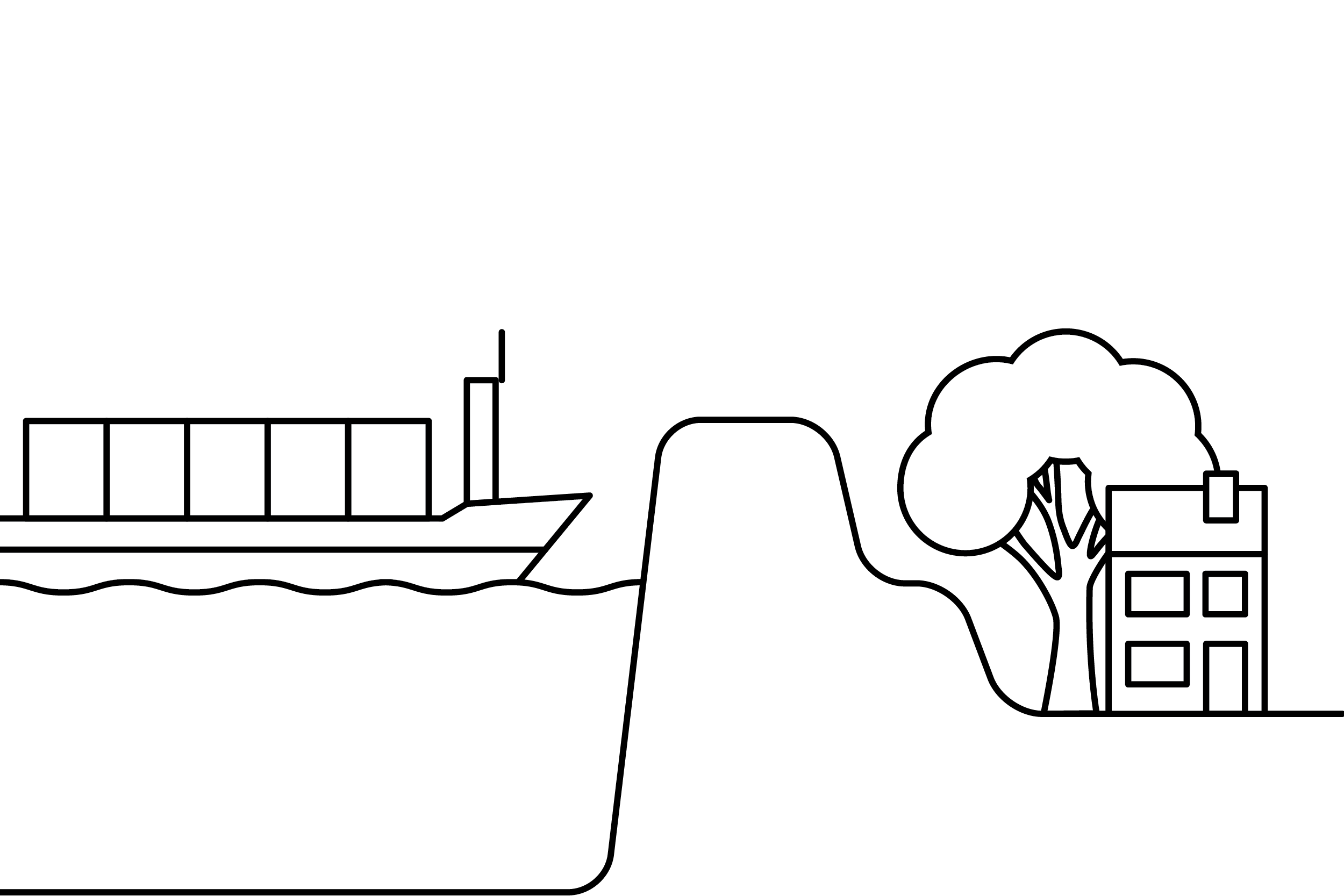A port, its neighboring city and adjacent region form a territorial network of people, goods, and ideas [1]. The industrial complex of the port exists cheek by jowl with lived-in urban spaces, and other built-up and natural areas. Economic and spatial port development has been interconnected with the socio-cultural and urban space needs and interests of the city and its citizens. Historically, ports and cities, their institutions and citizens, were interconnected in multiple ways. Traders and political elites, port workers and citizens shared similar goals for urban development and perspectives on major transformations (previous image).
Shared aims allowed for the development of shared values, a port city culture which exists at the confluence of people, physical spaces, governance structures, and creative practices. Over time, this port city culture has facilitated understanding between public and corporate port and city actors as well as citizens. It has also helped cities develop a particular resilience that has allowed them to adapt to shifting situations and to disasters. A careful examination of historical patterns, path dependencies and traditional maritime identities can provide insights into select actor constellations and spatial developments and serve as an inspiration for solving contemporary challenges.
Shared values can also serve as a tool to facilitate spatial governance, and to address infrastructural and mobility questions, work and leisure challenges, or educational issues generated by contemporary urgencies, such as the energy transition, climate change, new technologies, transformations of work conditions and new (circular) economies. This concept of port city culture is also brought forward in the draft 2030 agenda of AIVP, which sees it as a way to conceptually and spatially identify and actively shape and design the interface in all places that it manifests itself between the port and its urban and other surroundings (Point 4).
On behalf of the Leiden-Delft-Erasmus Center for Metropolis and Mainport, Carola Hein and Lori Tavasszy have led the development of a program entitled Port City Futures presented at the Venice Biennale in 2018 (following images).
[one_half_last] 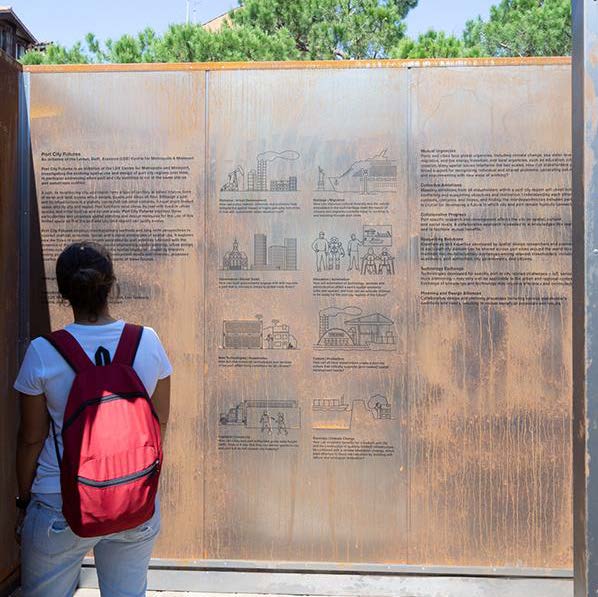 [/one_half_last]
[/one_half_last]
The program highlights Dualities that occur at the intersection of port, city and regional spaces (following images). It argues that we need to develop spatial concepts that can facilitate improved contemporary relationships between the port and its environment and turn tensions into creative opportunities rather than conflicts.
Dualities
Pollution | Urban Development
How can policy makers, urban planner and architects help mitigate the spatial impact of highly polluting industries and encourage sustainable urban development?
Heritage | Migration
How can historical cultural diversity and the values embedded in the built heritage meet the needs of citizens and migrants currently living in, working in, and traveling through port cities?
Governance | Global Trade
How can local governments engage with and regulate a port that is intimately linked to global trade flows?
Education | Automation
How will automation of technology, services and administration affect a port’s spatial economy (jobs and spaces) and how can we educate children to be ready for the port city regions of the future?
New Technologies | Happiness
How will new industrial technologies and services in the port affect living conditions for all citizens?
Culture | Production
How can all local stakeholders create a port city culture that critically supports (port-related) spatial development needs?
Logistics | Liveability
How can cities and port authorities guide daily freight traffic flows in a way that they can deliver goods to city and port but do not impede city liveability?
Economy | Climate Change
How can economic benefits for a modern port city and the construction of (publicly funded) infrastructure, be combined with a climate adaptation strategy, which pays attention to flood risk reduction by ‘building with nature’ and ecological restoration?
To address these global urgencies Port City Futures argues that stakeholders need to garner broad support for recognizing individual and shared problems, generating solutions, and experimenting with new ways of working. In order to develop collective ambitions in a port city region, new tools are needed to unveil both conflicting and supporting objectives and motivation. Understanding each other’s contexts, concerns, and hopes, and finding the interdependencies between parties is crucial for developing a future in which city and port remain fruitfully connected. A collaborative approach is needed to acknowledges this reality and to facilitate mutual benefits. Research is necessary to understand the effects of the port on the space, culture, and society in the city.
Experiences and expertise developed by spatial design researchers and planners in each port-city domain can be shared across port cities around the world through multinational, multidisciplinary exchanges among relevant stakeholders, including academics, port authorities, city governments, and citizens. Technologies developed for specific port or city related challenges – IoT, sensoring, truck platooning – may very well be applicable to the urban and regional context. Exchange of knowledge and technology may improve efficiency and connectedness. Collaborative design and planning processes include various stakeholder’s ambitions and needs, and result in mutual beneficial proposals and results.
Notes
[1] Hein, C. (2016). “Port Cityscapes: Conference and Research Contributions on Port Cities” Planning Perspectives 31 (2): 313-326.
References
Carola Hein, “Port Cityscapes: Conference and Research Contributions on Port Cities,” Planning Perspectives 31, no. 2 (2016).
Head Image: The map of Hamburg depict historical port and city integration. Georg Braun and Frans Hogenberg between 1585-1588. (Source: https://commons.wikimedia.org/wiki/File:Hamburg_Braun-Hogenberg.jpg)
